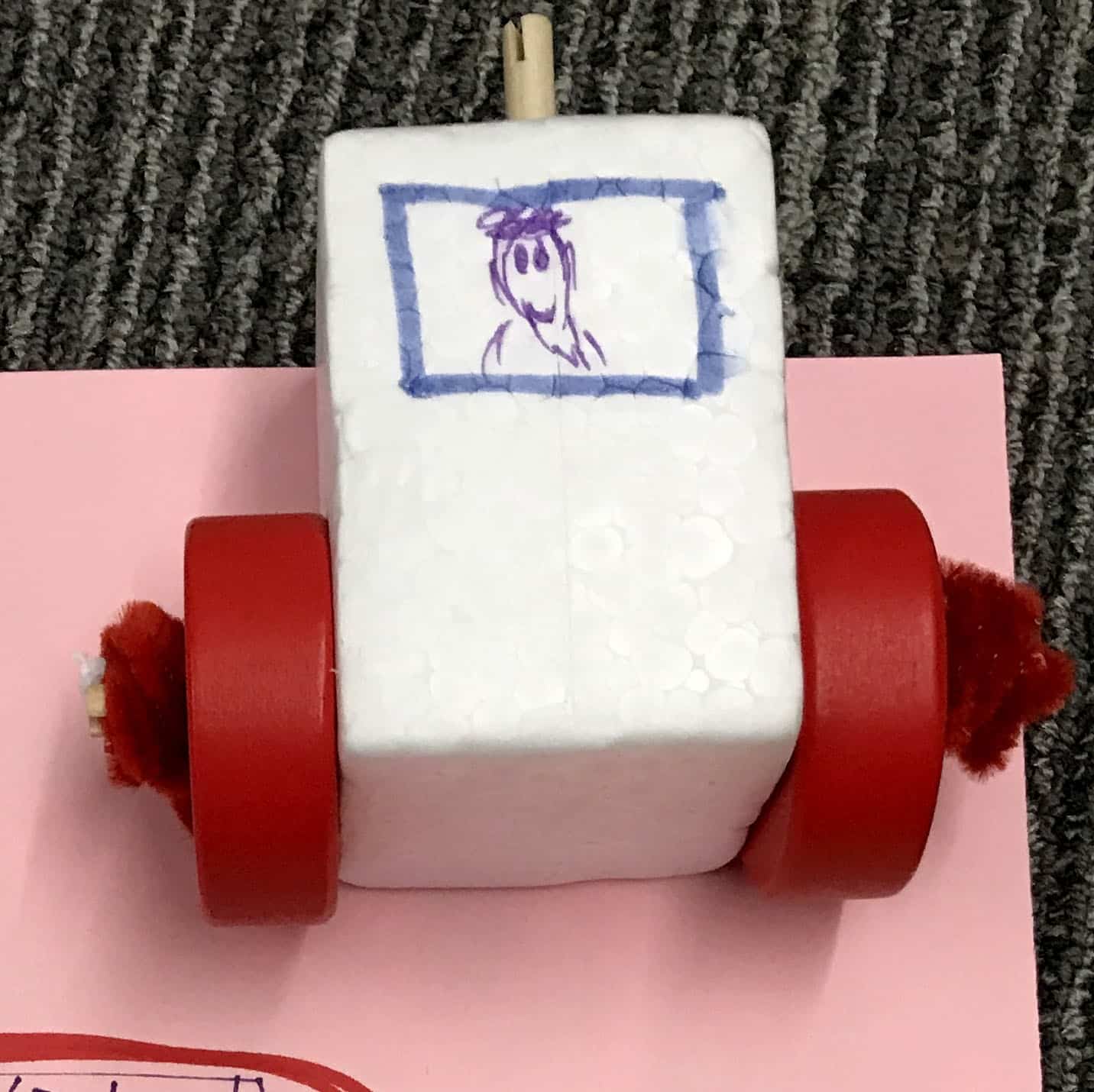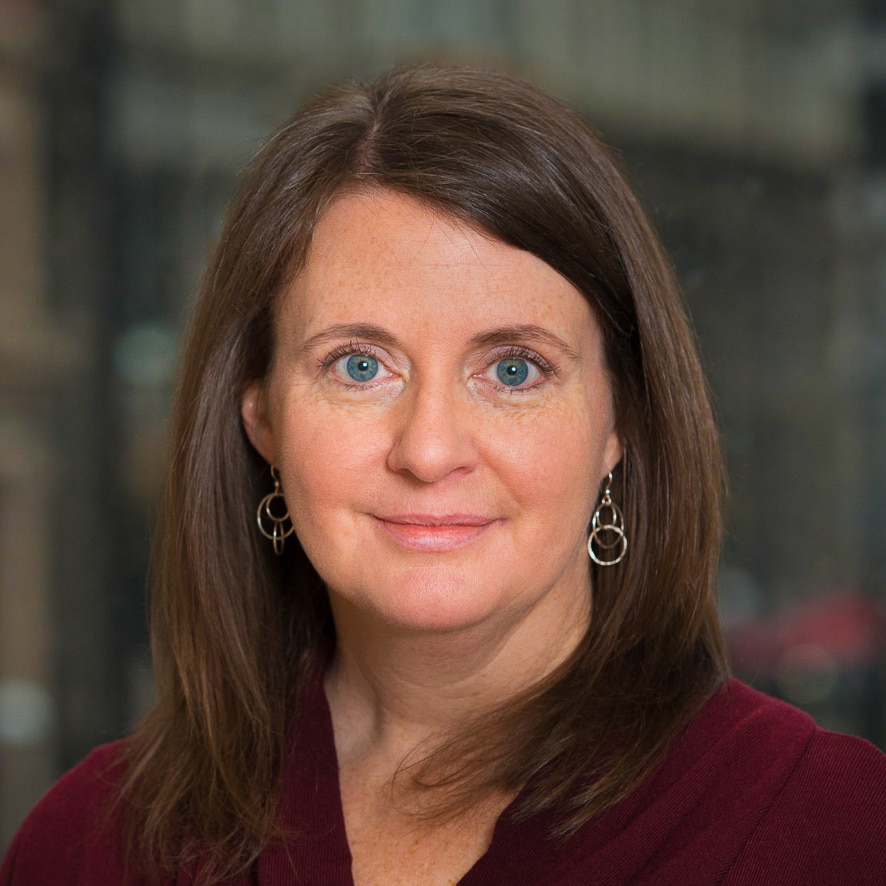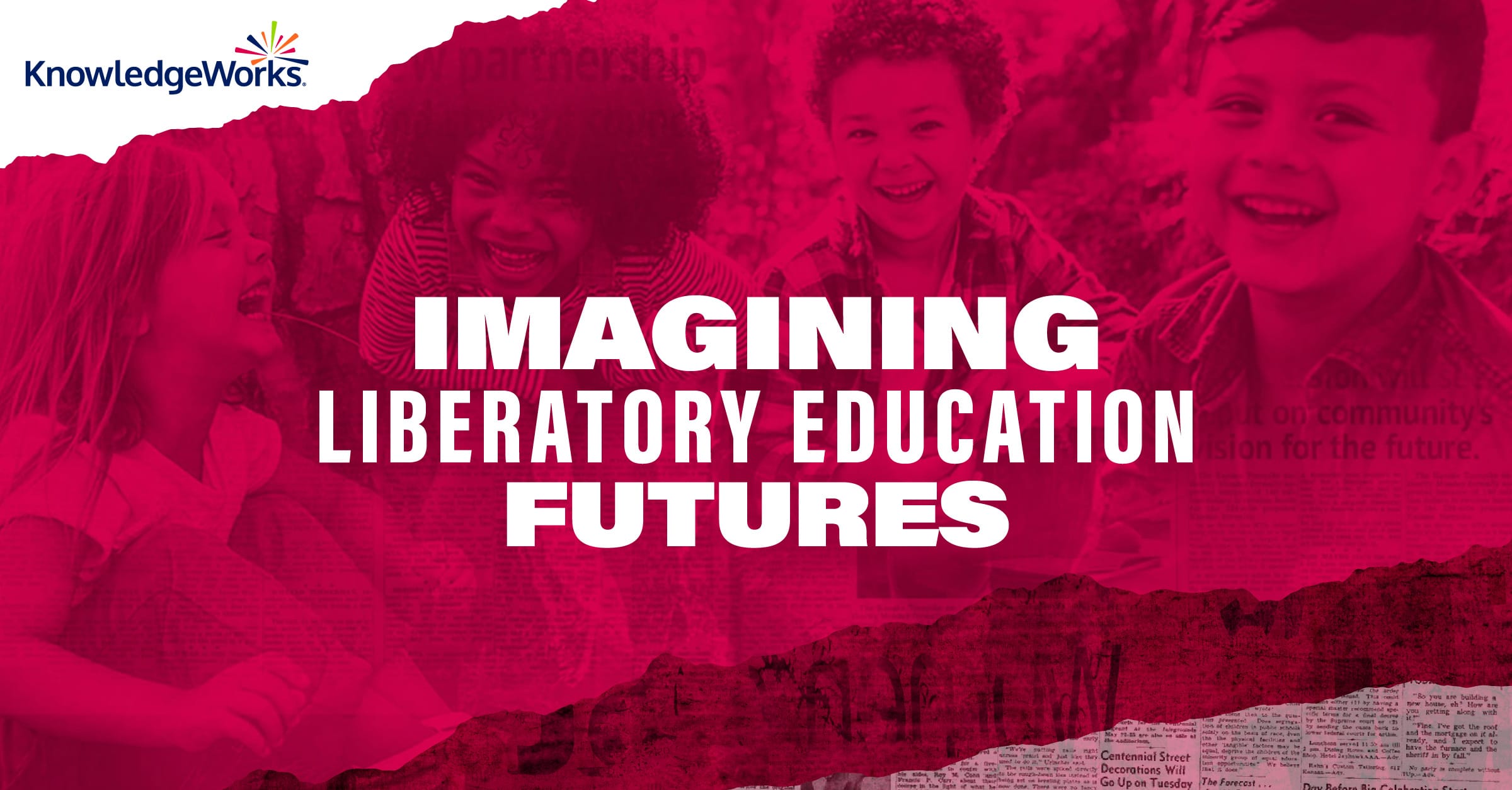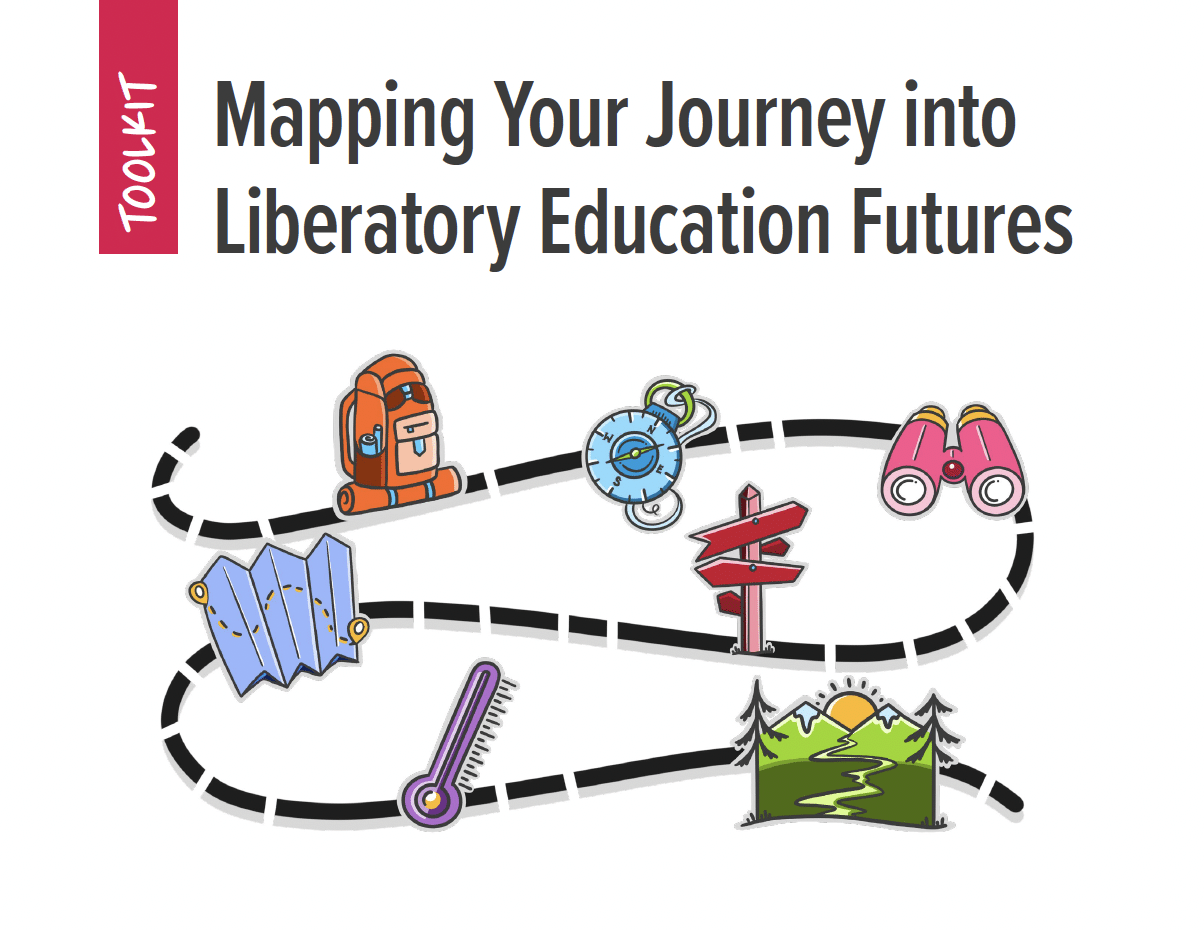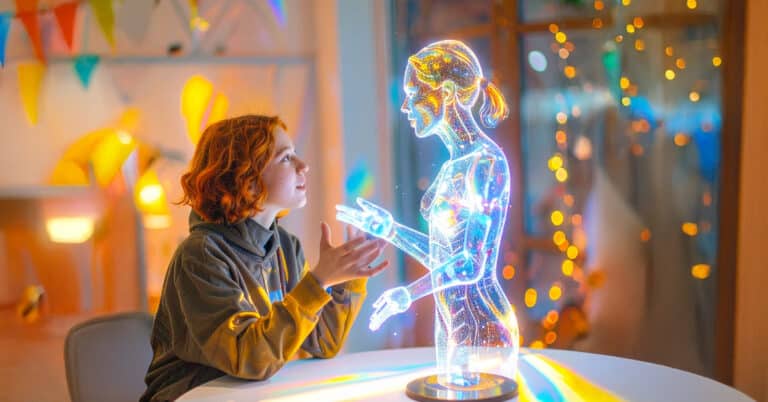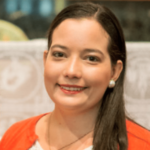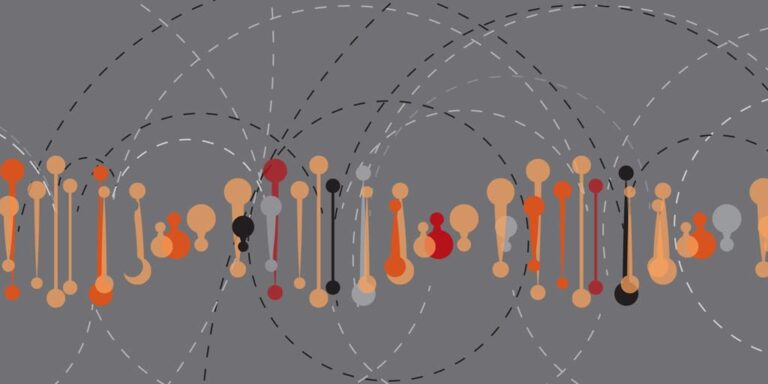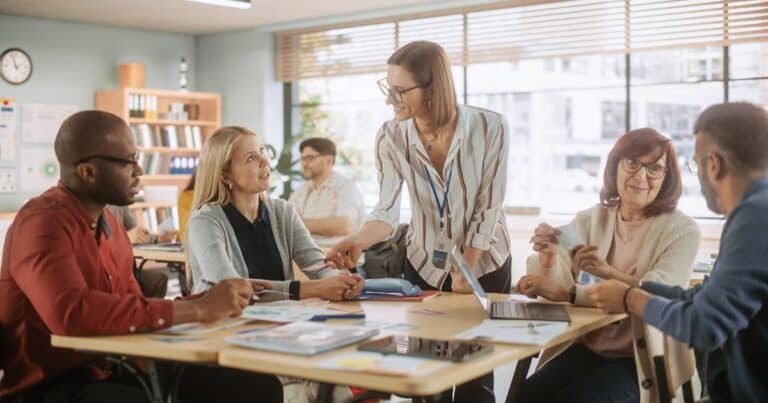We’re familiar with artifacts in museums that show possible interpretations of the past. But what about artifacts that represent possible futures?
Earlier this year, KnowledgeWorks hosted a workshop at our office to generate ideas for artifacts from the future – specific and detailed things that could exist or occur in the future – that relate to liberatory education. Participants generated ideas and engaged in collaborative sensemaking around future possibilities and strategies for moving toward liberatory education futures.
We used this working definition of liberatory education:
- Being rooted in self-determination and the right to participate in shaping the world
- Prioritizing human potential, creativity and promise
- Combining the science of learning and human development with culturally responsive instruction
- Helping historically marginalized yet resilient students who are underserved engage in deeper learning
The idea was to get more concrete about what public education could look like if it were liberatory in 20 years. That’s a tall order, as there’s so much space between how education systems operate today and what liberatory education could look and feel like. But we won’t close that gap unless we start imagining new possibilities and considering how to address the opportunities and challenges that they raise.
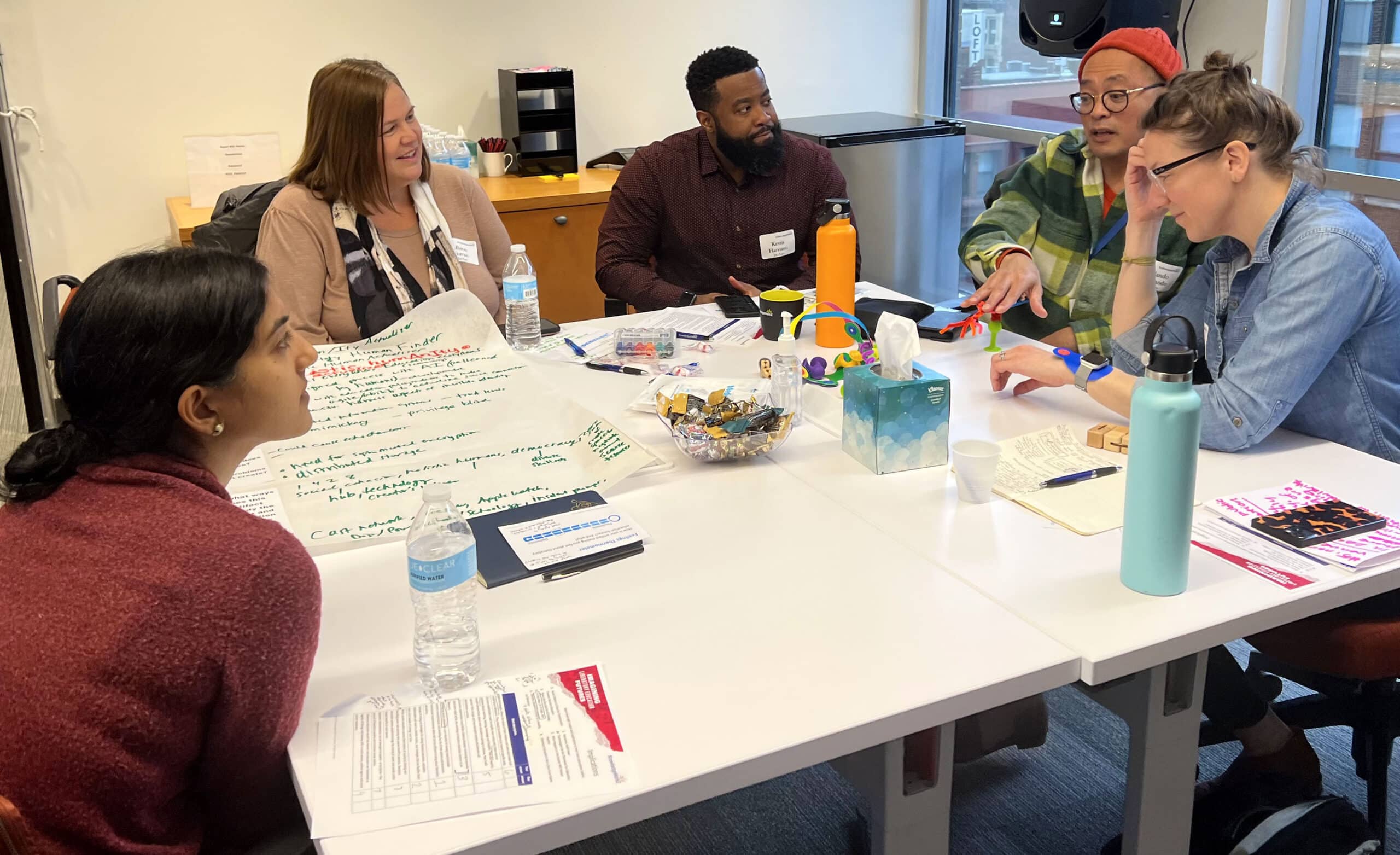
We asked workshop participants to draw, describe and mockup objects relating to the insights and implications from KnowledgeWorks’ Imagining Liberatory Education Futures forecast. They rose to the challenge but observed that creating something so tangible was more challenging than thinking about the future from a 30,000-foot view. Prioritizing the users of the things and items that they were creating helped them get more concrete.
Imagining things that could exist in the future surfaced questions about what values people will hold and how much hope, effort and persistence it can take to realize transformative possibilities. It also prompted workshop participants to think about what will probably stay the same: the need to belong, the need to develop as whole people from childhood on, the need to keep adapting to change. Participants reflected on how it is easy to gravitate toward considering what physical objects or technologies could exist in 20 years. But we can also illustrate future systems, programs and policies, and doing so can help us keep a broader frame in mind.
Whatever the thing from the future, imagining future artifacts can help us in begin to make the future real. Doing so can help us think about what we want – and don’t want – and inspire action today. Workshop participants reflected on how exploring artifacts of liberatory education futures had led them to lean into what makes us human and to think about how people might be deeply connected in future education systems.
KnowledgeWorks published a set of artifacts from the future that illustrate what education might look like if stakeholders worked together to make it more equitable and life-affirming.
